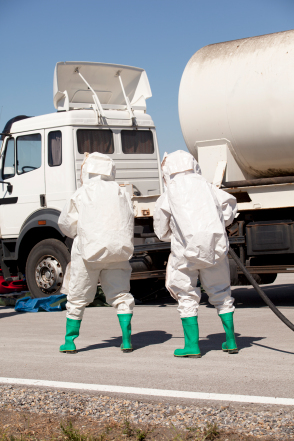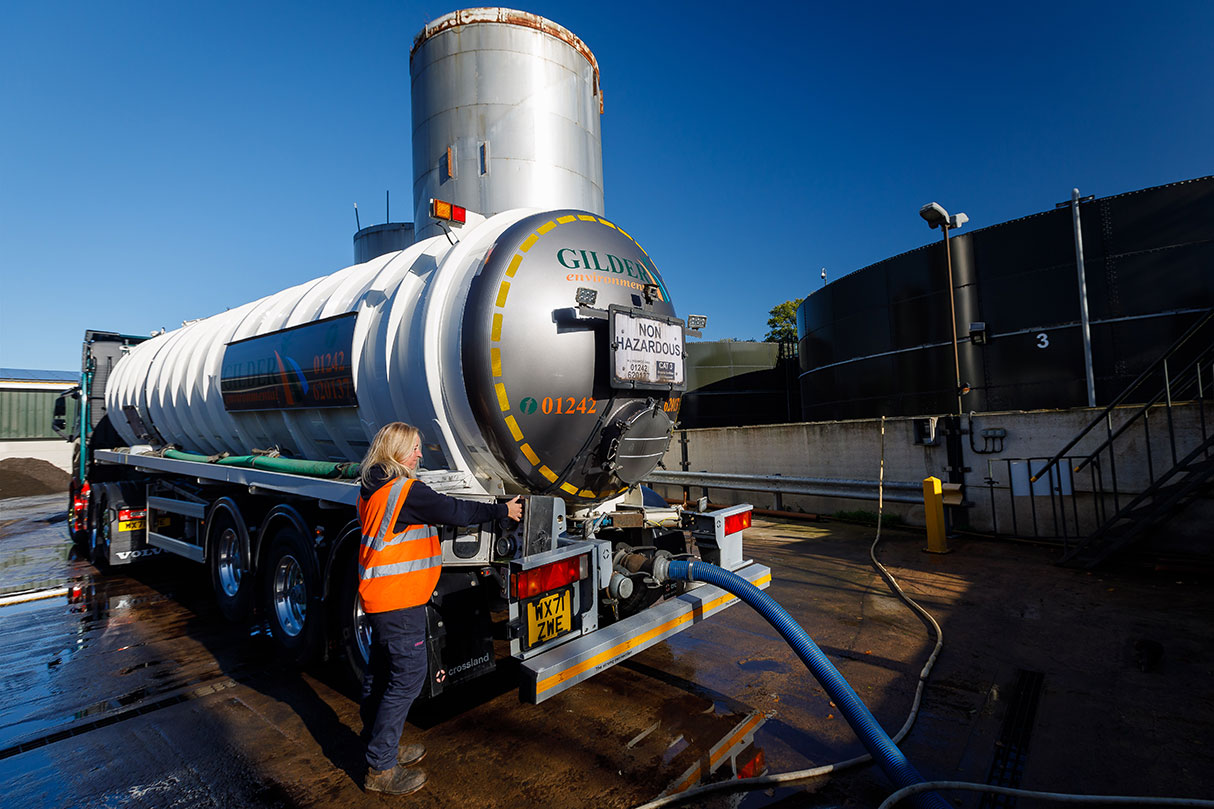Reputable Liquid Waste Disposal Melbourne: Safe and Reliable Services
Reputable Liquid Waste Disposal Melbourne: Safe and Reliable Services
Blog Article
Exactly How Liquid Waste Disposal Functions: An In-depth Introduction of Strategies and Technologies Utilized

Review of Liquid Waste Types
The complexity of fluid waste types necessitates an extensive understanding of their qualities and implications for disposal. Liquid waste can extensively be categorized into numerous kinds, consisting of commercial, metropolitan, farming, and contaminated materials. Each category exhibits distinct residential properties, needing particular administration methods to mitigate environmental and health threats.
Industrial fluid waste originates from manufacturing procedures and usually has a variety of contaminants, such as hefty steels, solvents, and organic substances. Local liquid waste, largely comprising wastewater from families and industrial facilities, consists of organic matter, nutrients, and pathogens (industrial wastewater treatment). Agricultural fluid waste, including drainage from farms, might have plant foods, pesticides, and pet waste, positioning dangers to water quality and communities
Hazardous liquid waste is identified by its poisoning, sensitivity, or possible to trigger harm. Recognizing these diverse fluid waste types is important for establishing effective disposal approaches and making certain conformity with environmental guidelines.
Physical Treatment Methods

Testing is the initial step, where bigger particles and debris are eliminated from the fluid waste utilizing displays or grates. This process safeguards downstream equipment from damages and makes certain smoother operation. Complying with screening, sedimentation makes use of gravitational pressure to different solids from fluids. In sedimentation containers, larger fragments work out at the base, developing a sludge layer, while the clarified liquid can be additional treated.
Filtering is another important approach that entails passing the liquid with porous materials, such as sand or membranes, to capture smaller sized particles. This action boosts the high quality of the fluid, making it ideal for succeeding therapy procedures.

Chemical Treatment Methods
Chemical treatment techniques are important for successfully managing fluid waste, particularly in attending to liquified and colloidal impurities that physical techniques might not sufficiently get rid of. These strategies use different chemical representatives to reduce the effects of, precipitate, or transform harmful materials right into much less hazardous kinds.
One typical approach is coagulation and flocculation, where chemicals such as alum or ferric chloride are included in advertise the aggregation of suspended particles. This process boosts sedimentation, permitting simpler removal of the resulting sludge. Furthermore, oxidation processes, employing agents like chlorine or ozone, are utilized to damage down complex natural substances and virus, rendering the waste safer for discharge or further treatment.
Neutralization is another important technique, which changes the pH of acidic or alkaline waste streams to neutral degrees, protecting against possible damage to downstream systems and the setting. Furthermore, advanced oxidation processes (AOPs) use mixes of oxidants and ultraviolet light to deteriorate relentless toxins, achieving a higher degree of therapy efficiency.
Biological Treatment Processes
Organic therapy processes play a vital duty in the administration of fluid waste by using microorganisms to decompose natural issue and decrease contaminant degrees. These processes can be extensively classified into anaerobic and cardiovascular therapies, each using specific microbial communities to accomplish reliable waste deterioration.
Aerobic therapy includes making use of oxygen to assist in the breakdown of organic materials by bacteria. This procedure is typically implemented in turned on sludge systems, where aeration tanks provide a helpful setting for microbial development, causing the oxidation of organic pollutants. The resultant biomass can be divided from dealt with effluent via sedimentation.
On the other hand, anaerobic treatment takes place in the absence of oxygen, depending on different bacteria to break down organic issue. This technique is especially beneficial for high-strength waste, as it creates biogas, a renewable resource see this resource, while reducing sludge manufacturing. Technologies such as anaerobic digesters are regularly employed in commercial and metropolitan applications.
Both anaerobic and aerobic biological therapies not just minimize the ecological effect of fluid waste yet likewise facilitate resource healing, making them vital components of sustainable waste management approaches. Their versatility, performance, and performance support their prevalent execution across various sectors.
Arising Technologies in Disposal
Cutting-edge strategies to liquid waste disposal are quickly advancing, driven by improvements in modern technology and a boosting focus on sustainability. redirected here Amongst these arising technologies, membrane bioreactors (MBRs) have gained grip for their ability to integrate organic therapy with membrane layer purification, causing premium effluent that can be reused in different applications. MBRs make it possible for smaller impacts and much more effective operations compared to standard systems.
An additional promising advancement is the use of anaerobic food digestion integrated with nutrient recovery modern technologies, which not just deals with fluid waste yet also produces biogas and recoups important nutrients like nitrogen and phosphorus. This dual benefit boosts source effectiveness and lowers environmental impact.
Additionally, advanced oxidation processes (AOPs) are being adopted for the deterioration of intricate natural contaminants. These approaches utilize powerful oxidants and stimulants to damage down contaminants at the molecular degree, supplying an extremely effective remedy for difficult waste streams.
Moreover, the integration of man-made knowledge and device knowing in waste administration systems is optimizing functional efficiency and predictive maintenance, leading to reduced costs and boosted environmental conformity. These technologies show a significant change towards even more lasting and efficient fluid garbage disposal methods.
Final Thought
In final thought, efficient liquid waste disposal necessitates a comprehensive understanding of different strategies and modern technologies. By constantly advancing these methods, it ends up being possible to resolve the growing difficulties associated browse around this web-site with fluid waste, ultimately contributing to environmental protection and resource recovery.
Fluid waste disposal is a crucial element of environmental administration, requiring a thorough understanding of various techniques and technologies customized to various waste types. Liquid waste can broadly be classified into several kinds, consisting of industrial, community, agricultural, and harmful waste. Agricultural liquid waste, including runoff from ranches, might consist of fertilizers, chemicals, and pet waste, posing threats to water high quality and ecosystems.
Numerous physical therapy approaches play an essential duty in handling fluid waste effectively - industrial wastewater treatment.In verdict, effective fluid waste disposal demands a detailed understanding of different techniques and technologies
Report this page